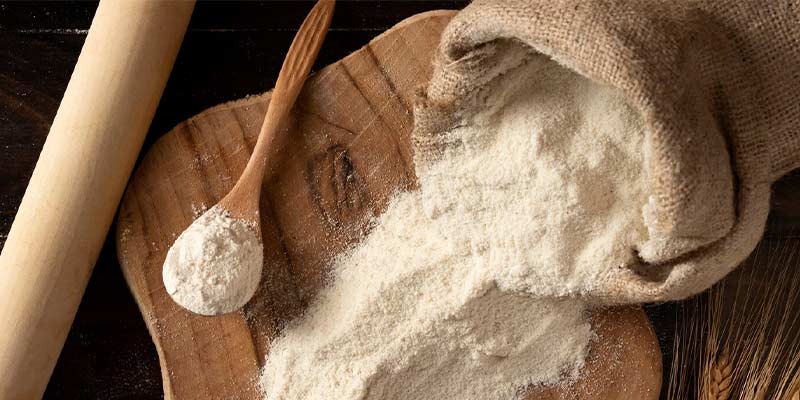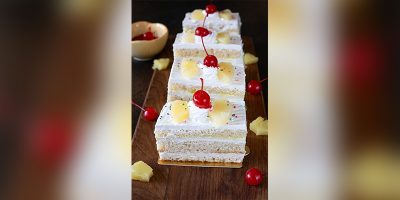When it comes to baking, the choice of flour plays a pivotal role in determining the texture, flavour, and overall success of your creations. Among the myriad of flours available, cake flour stands out as a key ingredient for achieving light, tender, and delicate baked goods. Whether you’re a seasoned baker or a novice in the kitchen, understanding the nuances of cake flour can elevate your baking game. So, in this blog post, we’ll delve into everything you need to know about cake flour – from its unique properties to tips on how to use it effectively.
What Sets Cake Flour Apart?
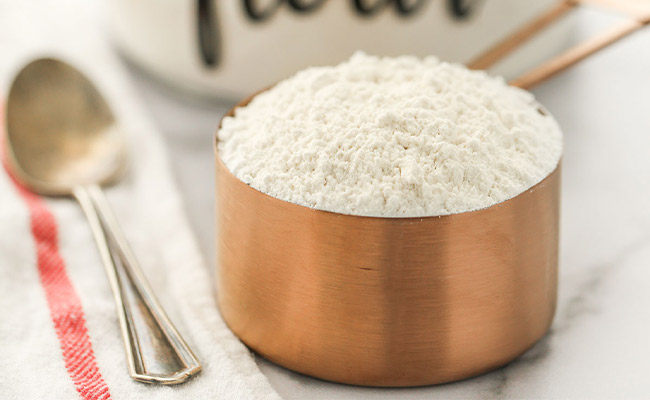

Cake flour is a finely milled and low-protein flour, typically made from soft wheat varieties. Its distinguishing feature is its low protein content, usually around 7-8%, compared to the higher protein content found in all-purpose or bread flour. This lower protein content is a game-changer for baked goods like cakes, cupcakes, and pastries. The reduced protein means less gluten formation, resulting in a softer and more tender texture. In addition to its protein content, cake flour often undergoes bleaching, either with chemicals or through a natural ageing process. This bleaching contributes to the flour’s finer texture and lighter colour, enhancing the delicate nature of the baked goods it produces.
Now, while we’re at it, let’s also address spelt flour to alleviate any confusion, especially for those new to baking. Unlike cake flour, spelt flour features a distinct nutty flavour profile and is not as finely milled. Although used in baking, it serves a different purpose, providing a unique taste and texture to baked goods.
When to Use Cake Flour
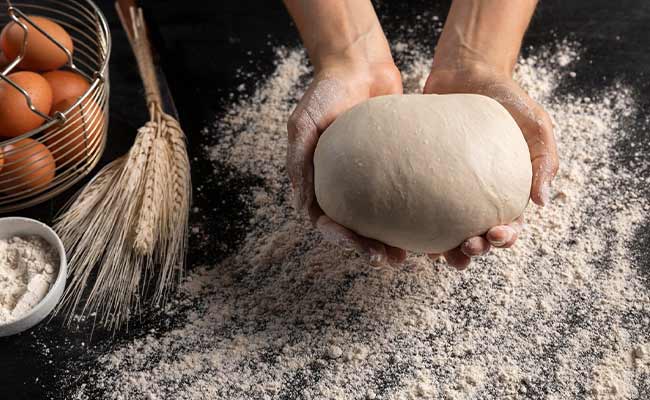

Understanding when to use cake flour is crucial for achieving the desired results in your baking endeavours. Cake flour is the go-to choice for recipes that demand a light and airy texture, such as a soft designer cake, sponge cakes, chiffon cakes, and angel food cakes. Its fine texture ensures a smooth batter, and the low protein content prevents the development of excessive gluten, resulting in a tender crumb.
While cake flour is ideal for certain recipes, it may not be suitable for every baking project. For bread and other yeast-based recipes that require a stronger structure, opting for higher-protein flours like bread flour is more appropriate. It’s essential to choose the right flour based on the specific characteristics you want in your final product.
Tips for Substituting Cake Flour
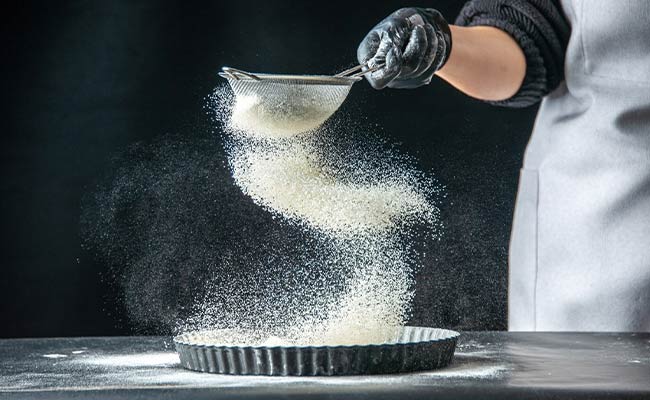

There might be instances when you run out of cake flour or can’t find it at your local grocery store. In such cases, you can create a substitute using all-purpose flour and cornstarch. For every cup of cake flour required, measure out one cup of all-purpose flour, remove two tablespoons of it, and replace those two tablespoons with cornstarch. Sift the mixture thoroughly to distribute the cornstarch evenly.
It’s worth noting that while this substitute works well in many recipes, it may not be an exact match for the unique properties of cake flour. Therefore, it’s advisable to use cake flour whenever possible for the best results.
Storage and Shelf Life
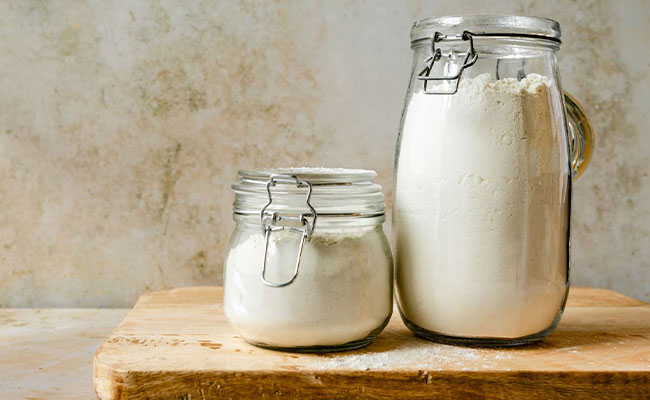

Proper storage is essential to maintain the quality of your cake flour. Store it in an airtight container in a cool, dark place to prevent moisture absorption and potential contamination. Be mindful of the expiration date, as the ageing process of cake flour can impact its performance in baking. Labelling the storage container with the purchase date can help with this. If stored correctly, cake flour generally has a shelf life of about 6-8 months. If you’re an occasional baker or don’t go through cake flour quickly, consider purchasing smaller quantities to ensure freshness.
Experimenting with Cake Flour Varieties
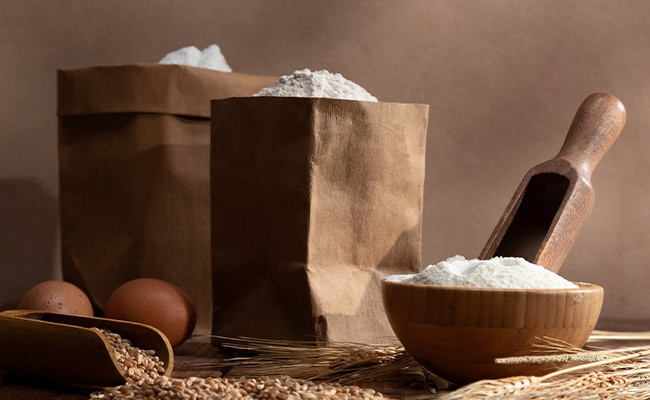

While traditional cake flour is a reliable choice, there are several variations in the market that can add unique flavours and textures to your baked goods. For example, some brands offer self-rising cake flour, which includes leavening agents like baking powder. This can simplify the baking process, especially for beginners or when adapting recipes.
Experimenting with different cake flour varieties, such as organic or unbleached options, allows you to tailor your baking to your preferences. Keep in mind that these variations may have subtle differences in flavour and performance, so don’t hesitate to try a few and discover which one suits your taste and style best.
Final Words
And that’s a wrap for this blog! The next time you order cake online or visit your local bakery, give a nod to cake flour—it’s the real MVP. Understanding the ins and outs of cake flour is truly a game-changer in baking, as it will help you whip up treats that not only taste amazing but also look visually appealing. Knowing when to use cake flour, how to substitute it if needed, and proper storage practices can empower you in the kitchen. Now, armed with this info, you’re all set to dive into even fancier baking adventures. Happy baking!

